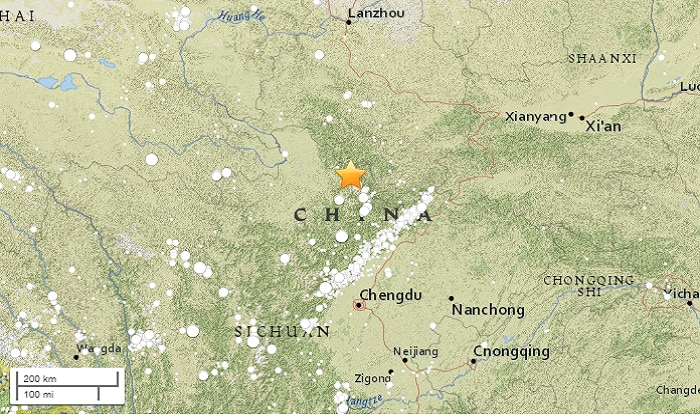09 August, 2017
In dollar terms, exports climbed 7.2 percent year-over-year in July, well below the 11.0 percent spike economists had expected. They previously grew by 17.2% year-on-year in June.
Demand for Chinese products has remained resilient as growth in major trading partners continues to recover. The central bank has also tightened capital controls and taken measures to curb speculators who had pushed the yuan to an 8½-low back in January.
External demand is now worrisome when it comes to outlook, said one economists in Hong Kong.
In contrast, South Korea experienced export growth during July while Taiwan's was almost unchanged.
But the yuan did draw support from data late on Monday which showed China's foreign exchange reserves rose twice as much as expected in July to a nine-month high, as tighter regulations and a weaker dollar continued to keep capital outflows in check. That also missed expectations of 16.6 percent growth.
Despite the slower monthly trade growth, China's broad economy remains resilient, as indicated by other data including that on expanding manufacturing activity, said JZ Securities analyst Deng Haiqing.
"Although China's monthly trade surplus increased, trade tensions between the U.S. and China have eased following China's co-operation with the United States for tougher economic sanctions on North Korea", said Rajiv Biswas, chief economist for IHS Market.
ANZ's Raymond Yeung noted that, while iron ore shipments were disrupted by rail maintenance in the Pilbara during July, the customs figures pointed to a broader potential slowdown in iron ore imports.
Production in the industrial sector unexpectedly declined by 1.1 percent for the first time this year, but analysts said that it does not suggests that the momentum of development is waning. The economy had expanded 0.6 percent in the first quarter.
Growth in shipments to South Korea more than halved to 3.6 percent for the period and exports to European Union countries slowed 5 percentage points for growth of 10.1 percent.











